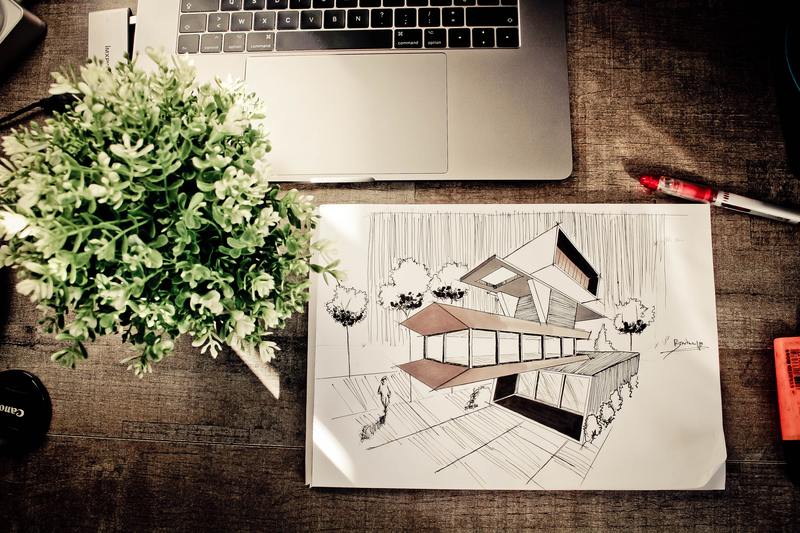To effectively troubleshoot and resolve the "Checking Media" error on startup in Windows 10, follow these practical steps:
Understanding the "Checking Media" Error
When your Windows 10 computer displays a "Checking Media" error message during startup, it typically indicates that the system is having trouble detecting or accessing the bootable drive. This issue can prevent your operating system from loading properly, leading to frustration and inconvenience.
Possible Causes of the Error
Several factors can trigger the "Checking Media" error:

Incorrect BIOS settings
Loose or faulty SATA/IDE cables connecting the hard drive
Corrupted system files or boot records
Issues with the hard drive itself, such as bad sectors
Steps to Resolve the Issue
1. Check BIOS Settings
Start by entering your computer's BIOS (usually by pressing F2, F10, Del, or Esc during startup) and ensure that the boot order is correctly configured to prioritize your primary boot device, typically the hard drive where Windows is installed.
2. Verify Hardware Connections
Power off your computer and physically inspect the connections of your hard drive. Ensure that the SATA or IDE cables are securely connected to both the drive and the motherboard. Replace any cables that appear damaged or loose.
3. Use Windows Automatic Repair
If the error persists, boot into Windows Automatic Repair by restarting your computer several times during the boot sequence. Windows will attempt to diagnose and fix any startup issues automatically.
4. Check Disk for Errors
Run the built-in Windows utility called Check Disk (chkdsk) to scan your hard drive for errors and repair any file system issues that might be causing the problem.
5. Restore or Repair Windows Installation
If all else fails, you may need to consider restoring Windows from a recent backup or using the installation media to perform a repair installation. This process can fix corrupted system files or boot records that are causing the "Checking Media" error.
Conclusion
The "Checking Media" error in Windows 10 can be frustrating, but with systematic troubleshooting, you can often resolve it and regain access to your system. By checking BIOS settings, verifying hardware connections, and using Windows repair tools, you increase your chances of successfully addressing this startup issue. If the problem persists despite these efforts, consulting a professional technician may be necessary to diagnose hardware-specific issues.
Remember to regularly back up your important data to avoid potential data loss during troubleshooting processes.






